The Waterphone, an ethereal and hauntingly beautiful instrument, has captivated musicians and sound designers for decades. Among its many unique acoustic properties, the role of liquid damping stands out as a defining characteristic that shapes its otherworldly tones. Unlike conventional string or percussion instruments, the Waterphone relies on the subtle interplay between water, metal rods, and resonance chambers to produce its signature sounds. The liquid inside the instrument doesn’t just alter pitch or sustain—it transforms the very texture of the vibrations, creating an organic, fluid quality that feels almost alive.
At its core, the Waterphone’s design is deceptively simple: a stainless steel bowl fitted with rods of varying lengths, partially filled with water. Yet, the physics behind its sound production is anything but straightforward. When the rods are bowed or struck, the vibrations travel through the instrument’s body and into the water. The liquid acts as a damping agent, absorbing certain frequencies while amplifying others. This selective filtering creates the instrument’s eerie, resonant timbre—a sound that seems to hover between the familiar and the alien. The amount of water used can drastically alter the instrument’s voice, from sharp, metallic shrieks to deep, guttural drones.
The Science of Liquid Damping
Liquid damping in the Waterphone operates on principles similar to those found in other acoustic systems, yet its application is uniquely artistic. Water’s viscosity and surface tension interact with the vibrating rods, dissipating energy unevenly across the frequency spectrum. High-frequency vibrations, which typically produce brighter, more piercing tones, are often muted by the water’s resistance. Lower frequencies, however, tend to persist, creating a haunting sustain that lingers in the air. This asymmetry in damping gives the Waterphone its signature spectral imbalance—a quality that makes it so effective in film scores and experimental music.
Musicians who master the Waterphone learn to manipulate these damping effects in real time. Tilting the instrument shifts the water’s distribution, changing which rods are most affected by the liquid’s resistance. A slight tilt might dampen the shorter rods, emphasizing the deeper tones, while a more aggressive motion can create a chaotic sloshing effect, adding percussive layers to the sound. This dynamic control over damping allows performers to craft evolving soundscapes, making each performance uniquely unpredictable.
From Laboratory to Soundstage: The Waterphone’s Evolution
Invented in the late 1960s by Richard Waters, the Waterphone was initially a niche curiosity—a hybrid of sculpture and musical instrument. Early adopters were primarily avant-garde composers and sound artists drawn to its unconventional sonic palette. However, its potential for creating atmospheric tension soon caught the attention of Hollywood. The Waterphone’s liquid-damped tones became a staple in horror and sci-fi soundtracks, where its unearthly cries evoked everything from alien landscapes to psychological unease.
What makes the Waterphone particularly valuable in scoring is its ability to mimic non-musical sounds while retaining a musicality that blends seamlessly with orchestral arrangements. The liquid damping introduces an element of randomness, ensuring that no two notes are ever identical. This organic variability is nearly impossible to replicate with synthetic instruments, making the Waterphone irreplaceable for composers seeking authenticity in their work.
The Art of Playing with Damping
Mastering the Waterphone requires an intuitive understanding of its liquid dynamics. Performers often spend years experimenting with water levels, bowing techniques, and physical manipulations to coax out desired textures. Some players use small amounts of water for a sharper, more metallic sound, while others fill the bowl nearly to the brim to maximize damping, resulting in subdued, murky tones. The choice of bowing material—whether horsehair, nylon, or even rubber—further influences how the water interacts with the rods, adding another layer of complexity to the instrument’s playability.
One of the most fascinating aspects of liquid damping is its responsiveness to environmental conditions. Temperature affects the water’s viscosity, subtly altering the instrument’s sound from one performance to the next. Humidity can change the evaporation rate, requiring players to adjust water levels mid-performance. These variables make the Waterphone not just an instrument, but a living, responsive entity that demands adaptability from its player.
The Waterphone’s Legacy and Future
As the Waterphone approaches its sixth decade, its influence continues to grow. Modern musicians are pushing its boundaries, incorporating electronic pickups and effects pedals to further manipulate its liquid-damped sounds. Experimental genres like dark ambient and drone music have embraced the instrument for its ability to evoke vast, immersive atmospheres. Meanwhile, its use in film and television remains as vital as ever, proving that some inventions—no matter how niche—never lose their relevance.
What began as an artistic experiment has become a cornerstone of unconventional sound design. The Waterphone’s liquid damping isn’t just a technical feature; it’s the soul of the instrument, the element that transforms metal and water into something profoundly expressive. In an age where digital tools dominate music production, the Waterphone stands as a testament to the power of acoustic physics and human creativity—a reminder that some sounds can only emerge from the interplay of elements as simple, and as complex, as water and vibration.
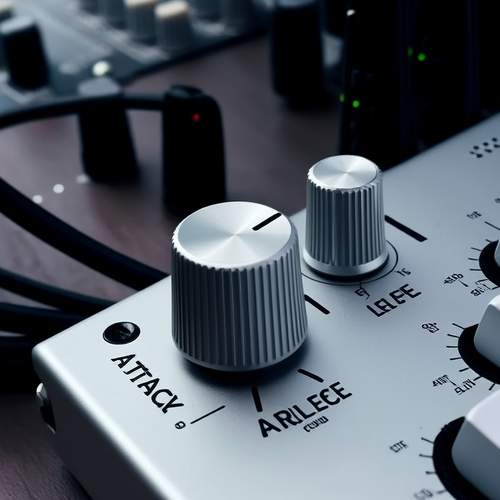
By /May 30, 2025
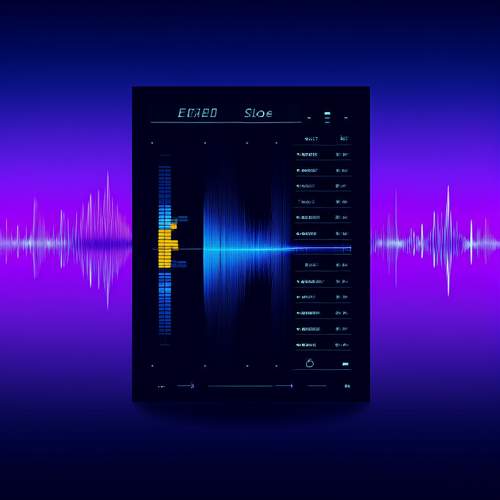
By /May 30, 2025
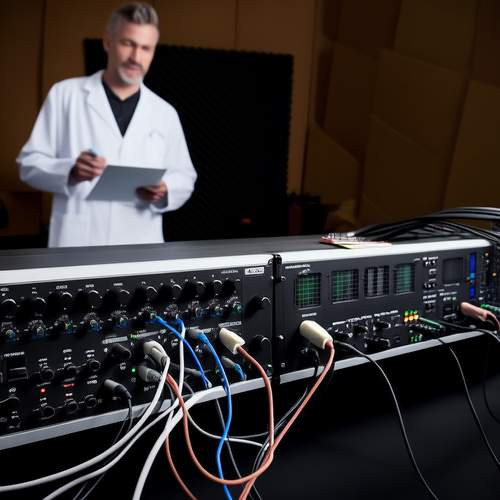
By /May 30, 2025
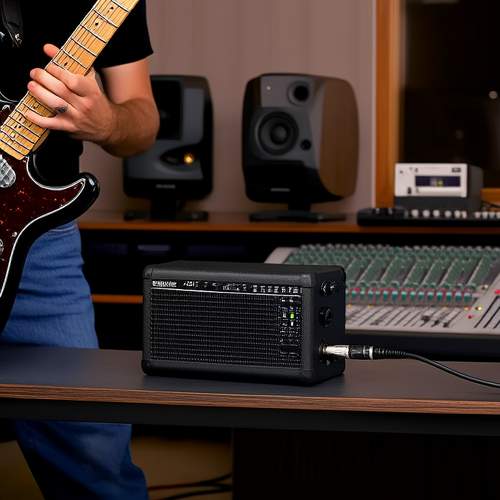
By /May 30, 2025

By /May 30, 2025

By /May 30, 2025
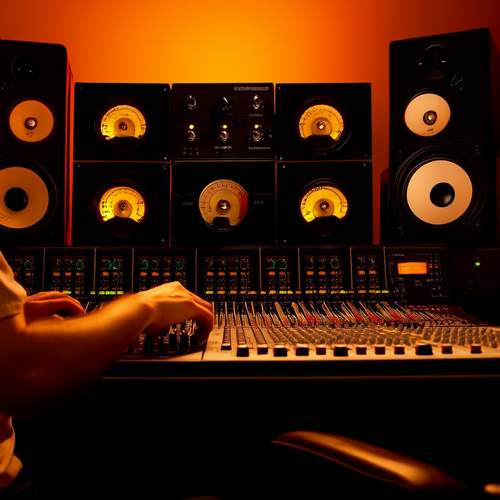
By /May 30, 2025
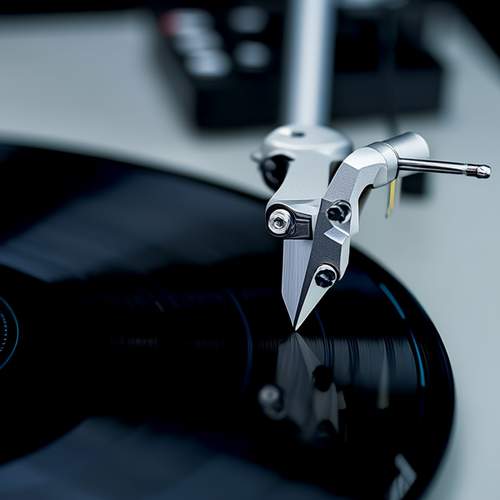
By /May 30, 2025

By /May 30, 2025
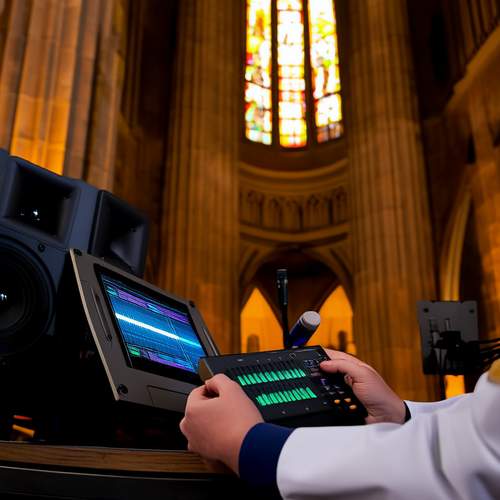
By /May 30, 2025
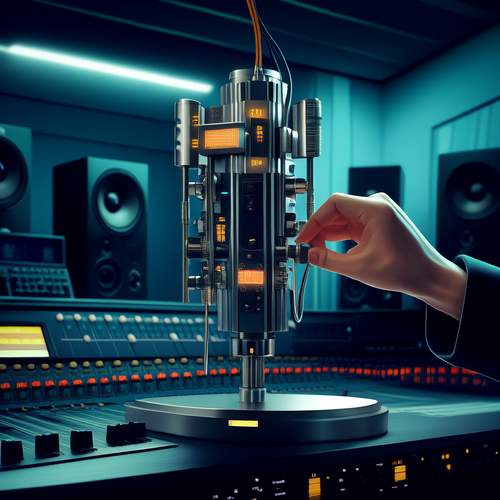
By /May 30, 2025

By /May 30, 2025
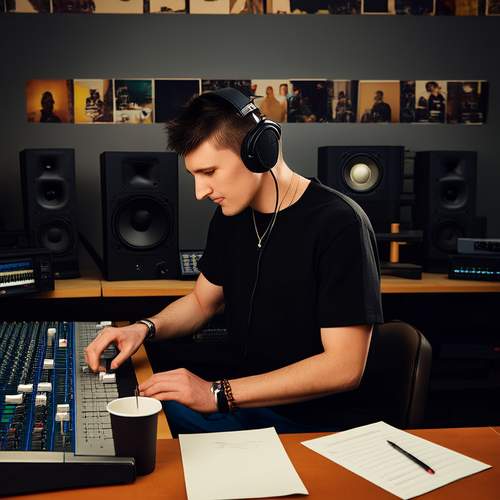
By /May 30, 2025

By /May 30, 2025
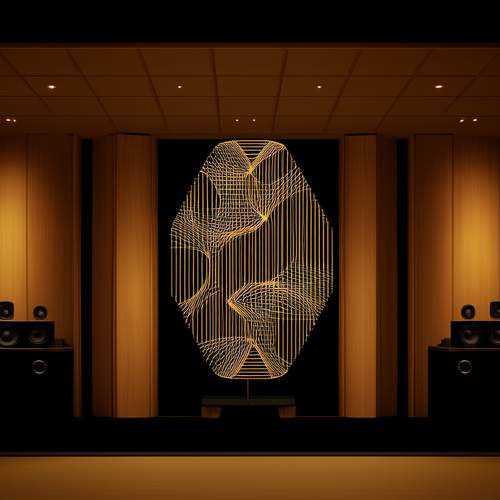
By /May 30, 2025
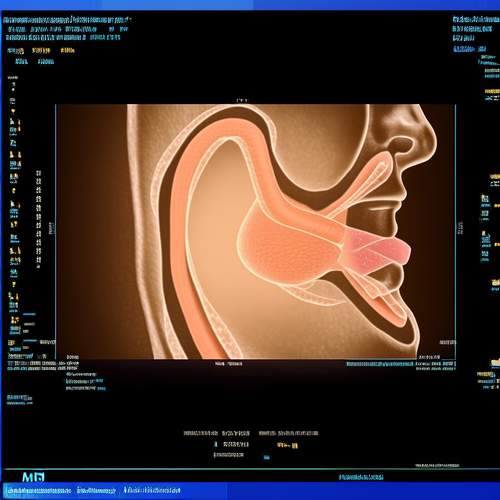
By /May 30, 2025

By /May 30, 2025

By /May 30, 2025

By /May 30, 2025
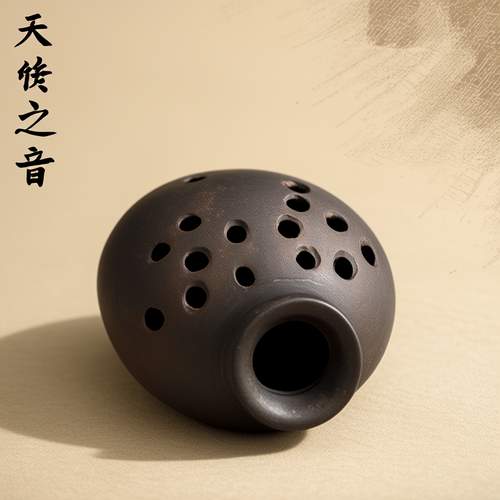
By /May 30, 2025